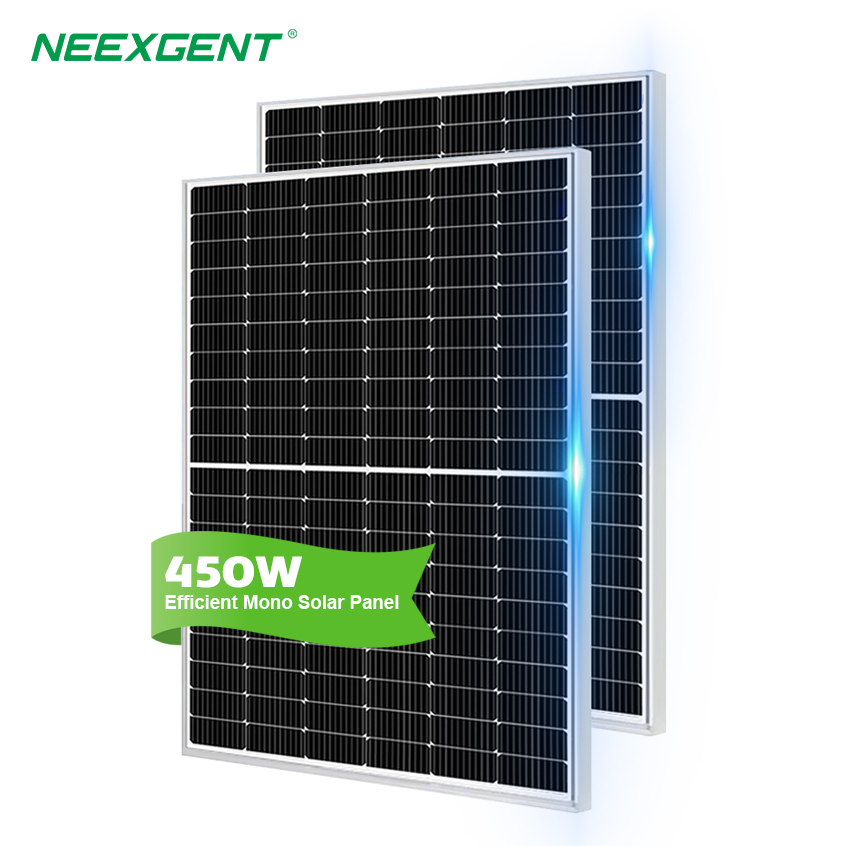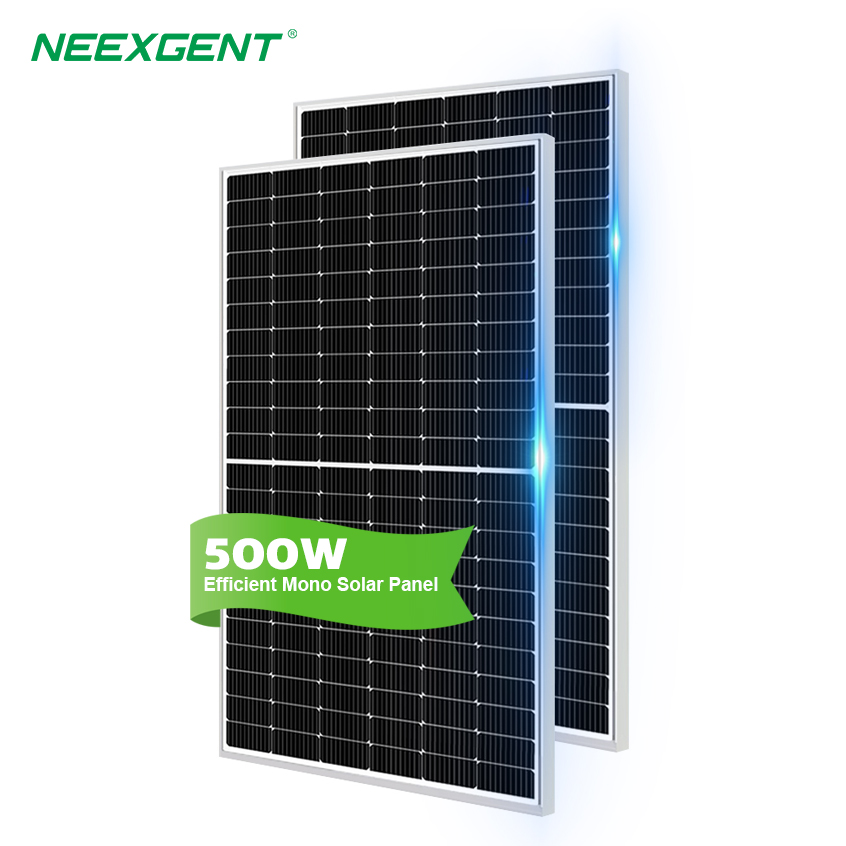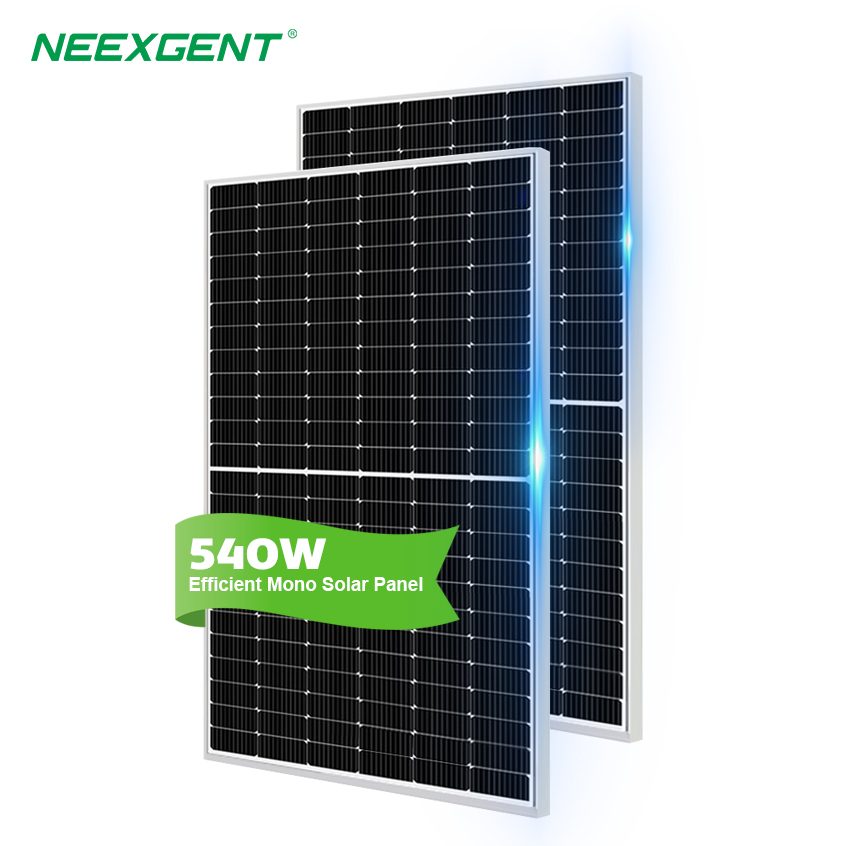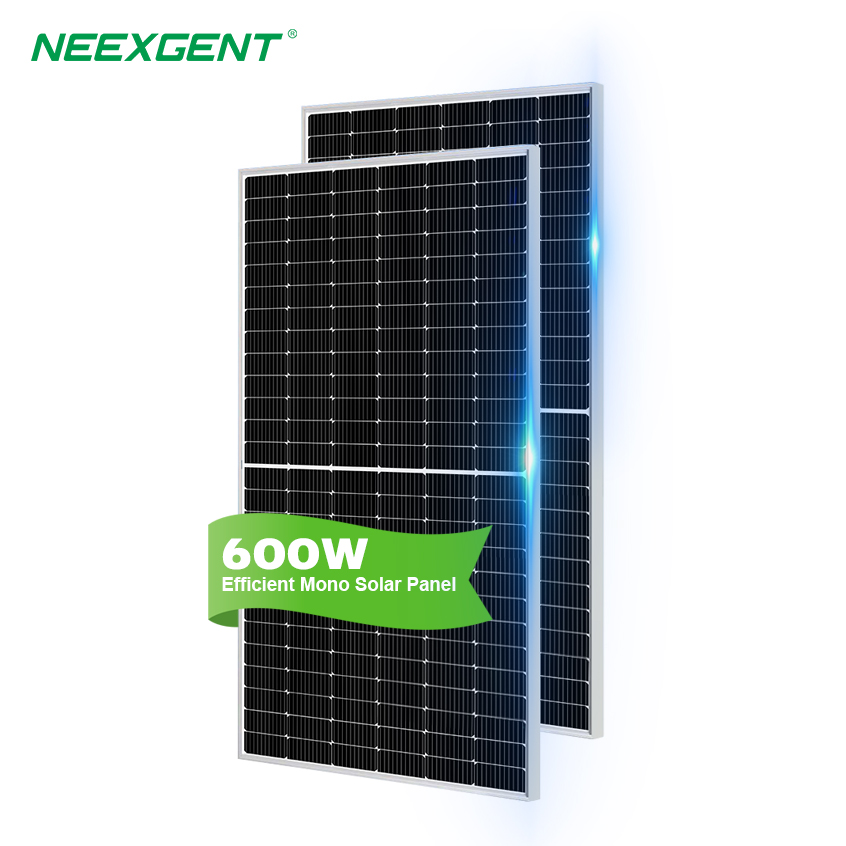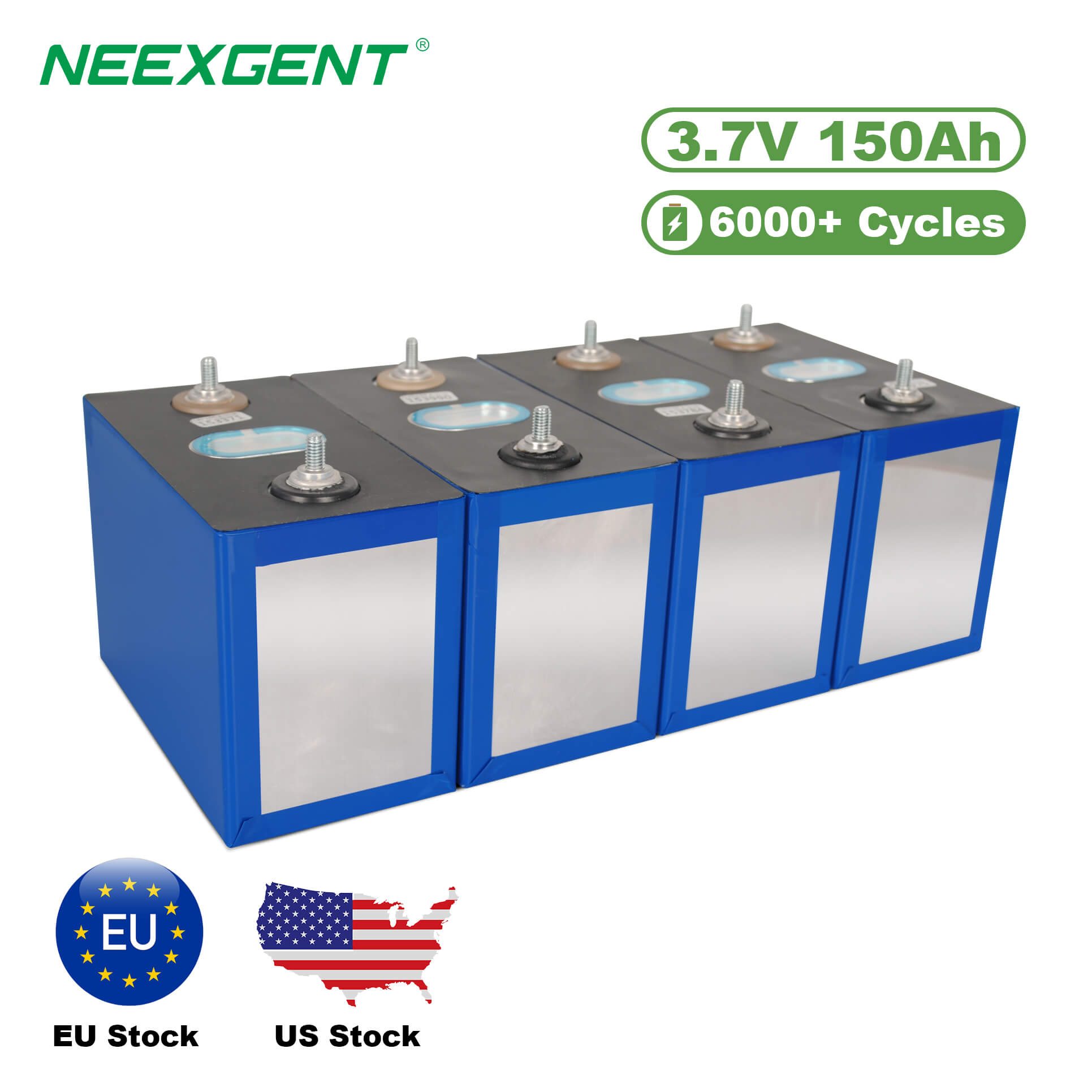Contents:
Key Benefits of Solar Panel Cleaning Drones
Tips for Effective Use
Sample Cleaning Schedule by Environmental Condition
Maximizing Drone Efficiency Through AnalyticsKey
Implementing Automation for Seamless Operation
Enhancing Solar Panel Maintenance with Drones
FAQs
Maintaining the efficiency of solar panels is critical for maximizing energy output, and one innovative solution is using cleaning drones. These drones are specifically designed to clean solar panels quickly, safely, and effectively, especially in large installations or hard-to-reach areas.
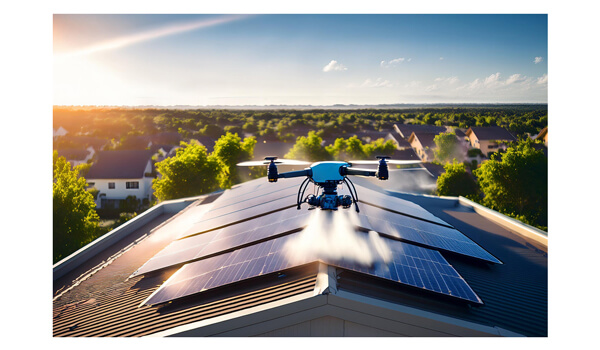
Key Benefits of Solar Panel Cleaning Drones
-
Efficiency: Cleaning drones can clean large surfaces in minimal time, reducing labor costs and time requirements.
-
Safety: They eliminate the need for human workers to access high or dangerous areas.
-
Water Conservation: Advanced models use minimal water, aligning with sustainability goals.
-
Cost-Effective: They offer a long-term return on investment by maintaining the efficiency of panels and reducing maintenance costs.
Tips for Effective Use
1. Choose the Right Drone
Select a drone designed specifically for solar panel cleaning. Look for features like water spray systems, rotating brushes, and autonomous navigation.
2. Conduct Regular Maintenance
Ensure the drone is well-maintained to prevent mechanical issues during operation. Check for wear and tear on cleaning attachments.
3. Analyze the Cleaning Schedule
Create a schedule based on local weather and environmental conditions. Panels in dusty regions or near industrial areas may require more frequent cleaning.
4. Train Operators
Proper training ensures operators can handle the drone efficiently, troubleshoot issues, and maximize its capabilities.
5. Monitor Weather Conditions
Avoid cleaning during extreme weather conditions, such as high winds or heavy rain, to ensure safety and effectiveness.
Sample Cleaning Schedule by Environmental Condition
| Environment |
Cleaning Frequency |
Additional Notes |
| Urban Areas |
Once per month |
Monitor for smog or pollution buildup. |
| Desert Regions |
Bi-weekly |
Frequent cleaning due to sand accumulation. |
| Coastal Areas |
Every two months |
Salt buildup can reduce efficiency. |
| Industrial Zones |
Monthly |
Chemical residues may require special cleaning agents. |
Maximizing Drone Efficiency Through Analytics
Modern solar panel cleaning drones are often equipped with sensors and software that provide valuable data. Leveraging this information can help optimize cleaning schedules, monitor panel performance, and identify maintenance needs.
Key Metrics to Monitor
-
Panel Efficiency: Measure energy output before and after cleaning to evaluate the effectiveness of the process.
-
Cleaning Coverage: Ensure the drone effectively covers all panels without missing areas.
-
Environmental Conditions: Track weather, dust levels, and other factors to predict cleaning needs.
-
Drone Performance: Monitor battery life, water usage, and wear on cleaning components.
Example Efficiency Monitoring Chart
The chart below illustrates a hypothetical example of how panel efficiency improves after regular cleaning with a drone:
How to Use This Data
-
Identify Trends
Use the data to track seasonal changes in dirt accumulation and adjust cleaning schedules accordingly.
-
Predictive Maintenance
Monitor drone performance metrics to identify when parts need replacement or servicing before they fail.
-
Energy Optimization
Correlate cleaning frequency with energy output to determine the most cost-effective cleaning interval.
Implementing Automation for Seamless Operation
Automation enhances the efficiency of solar panel cleaning drones, reducing human intervention and optimizing workflows. Autonomous drones can be programmed to clean panels based on predefined schedules or when specific triggers, such as a drop in panel efficiency, are detected.
Benefits of Automation
-
Reduced Human Oversight: Automation minimizes the need for continuous monitoring, saving time and labor.
-
Precision Cleaning: Drones equipped with sensors can target specific dirty areas, ensuring no resources are wasted.
-
Scalability: Automated systems can manage large-scale solar farms effortlessly.
-
Consistency: Pre-programmed drones maintain uniform cleaning standards across all panels.
Sample Automation Features Comparison Table
| Feature |
Basic Drones |
Automated Drones |
| Navigation |
Manual Control |
GPS and AI-driven |
| Cleaning Trigger |
Operator Command |
Sensor-based |
| Water Usage |
Fixed Amount |
Optimized by Need |
| Efficiency Tracking |
Manual Records |
Automated Reports |
Best Practices for Automation Implementation
-
Integrate Smart Sensors: Equip solar panels with sensors to detect dirt levels and trigger cleaning cycles automatically.
-
Utilize AI Algorithms: AI can optimize routes and cleaning patterns for maximum coverage and efficiency.
-
Regular System Updates: Keep drone software up to date to ensure compatibility with new features and improve performance.
-
Monitor Key Metrics: Use the drone's built-in analytics to evaluate energy output improvements and refine operations.
Enhancing Solar Panel Maintenance with Drones
Solar panel cleaning drones are not only transforming the maintenance process but also offering significant advantages in operational efficiency. By using drones, solar energy providers can minimize downtime and ensure panels are consistently operating at peak efficiency. This reduces the frequency of maintenance interventions and maximizes the return on investment from solar energy systems.
Integrating Drones into Existing Maintenance Protocols
-
Seamless Integration: Drones can easily be incorporated into existing cleaning protocols, working alongside manual labor or other automated solutions. By complementing traditional methods, they enhance the overall cleaning capacity without requiring a complete overhaul of existing systems.
-
Data-Driven Decisions: Drones provide valuable data that can be used to optimize cleaning schedules and evaluate panel efficiency over time. Operators can use these insights to make data-driven decisions that enhance the overall performance of the solar installation.
-
Consistency and Quality: By removing human error from the cleaning process, drones ensure that each panel is cleaned to the highest standard, which is crucial for maintaining the energy output of the system.
Cost-Effectiveness in the Long Run
Although the initial investment in drones may seem high, the long-term savings are undeniable. Drones reduce labor costs, eliminate the need for specialized equipment, and minimize the risk of panel damage during cleaning. Additionally, consistent cleaning helps to maintain the energy output of solar panels, preventing losses caused by dirt and debris buildup. As a result, the energy savings and increased panel lifespan significantly outweigh the upfront costs.
By leveraging drones, solar energy companies can streamline their maintenance operations, enhance efficiency, and reduce operational costs, all while maintaining the integrity and performance of their solar panels.
FAQs
Solar panel cleaning drones offer several advantages, including increased cleaning efficiency, reduced labor costs, enhanced safety by eliminating the need for manual labor at heights, and the ability to clean large areas quickly. They also conserve water by using minimal amounts for cleaning, contributing to more sustainable maintenance practices.
The frequency of cleaning depends on the location and environmental conditions. In urban areas with less dust and pollution, cleaning once a month may be sufficient. However, in dusty or industrial areas, more frequent cleanings may be necessary—often bi-weekly or monthly. Regular monitoring of panel efficiency can help determine the optimal cleaning schedule.
While drones can be used in various weather conditions, it’s important to avoid flying them in high winds, heavy rain, or extreme heat. These conditions can affect drone performance and safety. It’s best to operate drones in mild weather with clear skies to ensure optimal cleaning performance and to protect both the drone and panels.
Most solar panel cleaning drones are designed to use minimal water, utilizing advanced spray systems that target dirt and debris effectively. Some models may also include soft brushes or microfiber cloths for dry cleaning. It is advisable to avoid the use of harsh chemicals, as they may damage the panels or leave residues that could reduce panel efficiency.
Many advanced cleaning drones are equipped with sensors or AI-based algorithms that detect dirt levels or changes in panel efficiency. These drones can identify areas with significant buildup of dirt or debris and focus their cleaning efforts on those regions. Some models can even operate autonomously, initiating cleaning cycles when needed based on real-time data.

